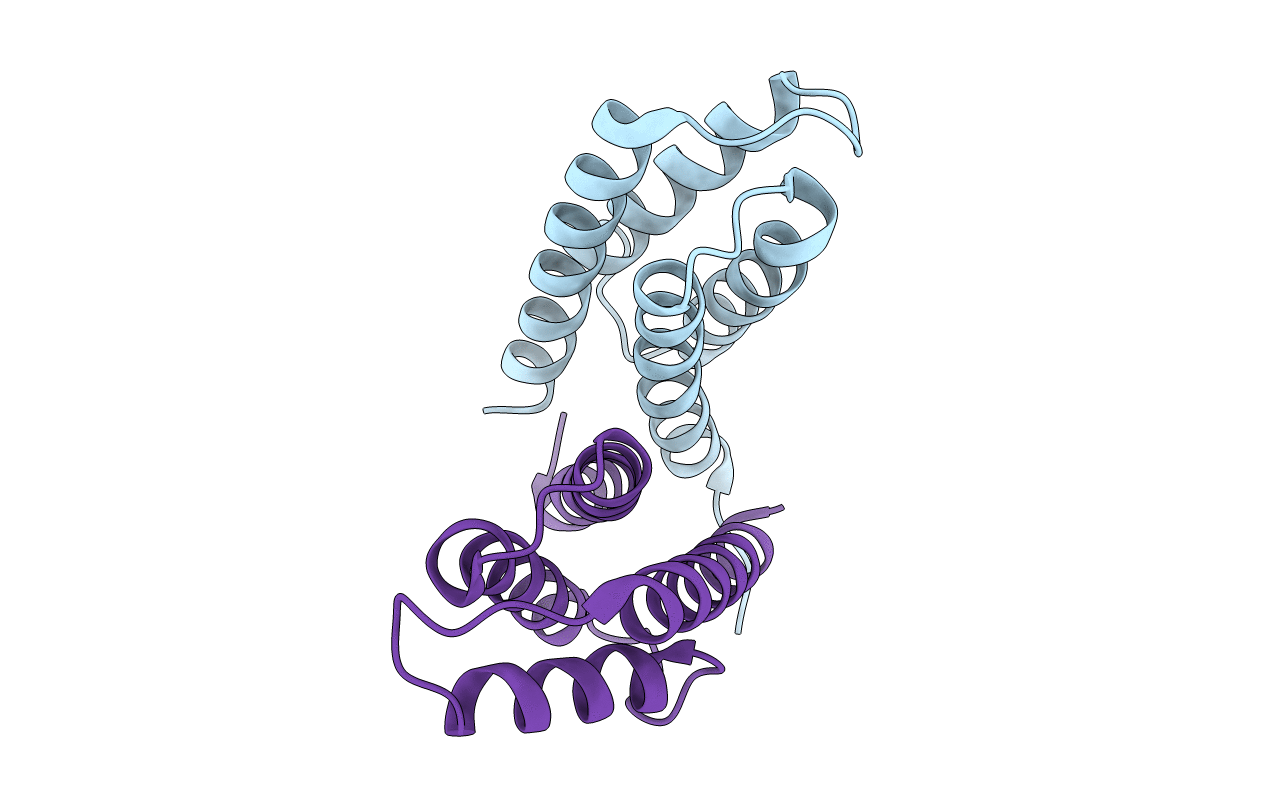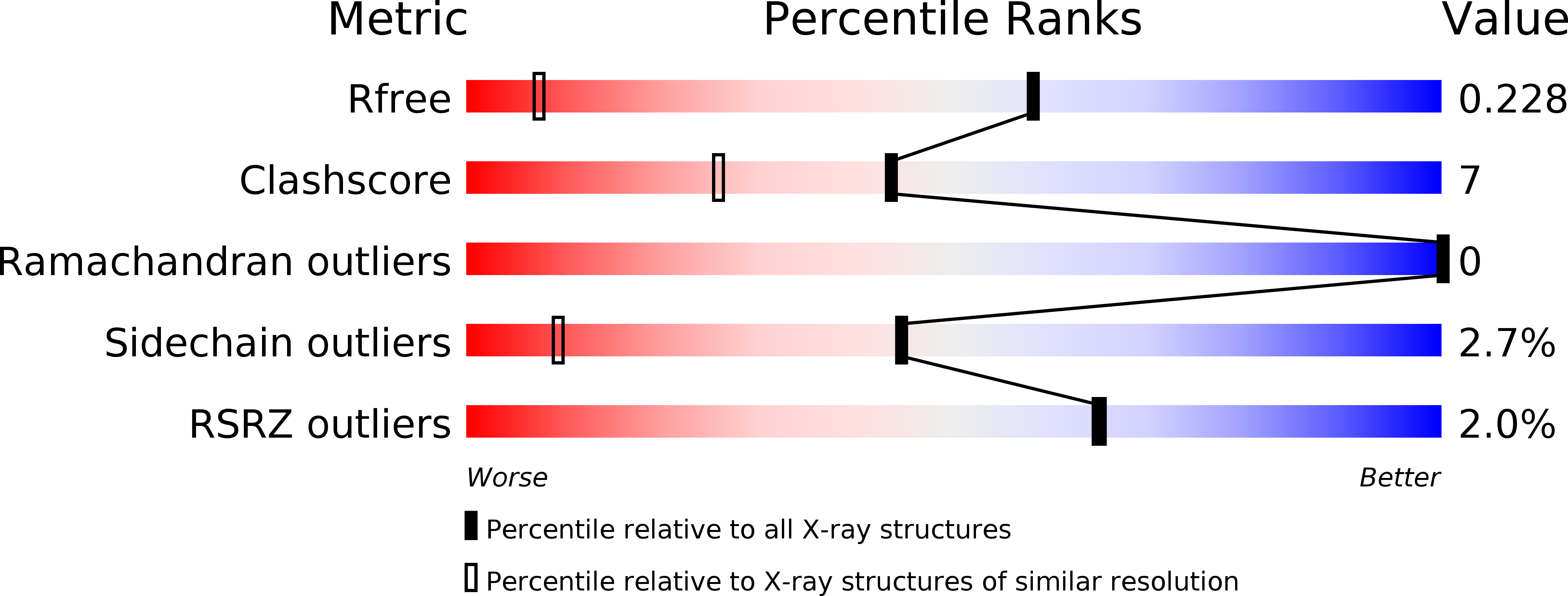
Deposition Date
2006-11-16
Release Date
2007-01-23
Last Version Date
2024-05-01
Entry Detail
PDB ID:
2J9W
Keywords:
Title:
Structural insight into the ESCRT-I-II link and its role in MVB trafficking
Biological Source:
Source Organism:
XENOPUS LAEVIS (Taxon ID: 8355)
Host Organism:
Method Details:
Experimental Method:
Resolution:
1.30 Å
R-Value Free:
0.22
R-Value Work:
0.20
R-Value Observed:
0.20
Space Group:
P 1 21 1


